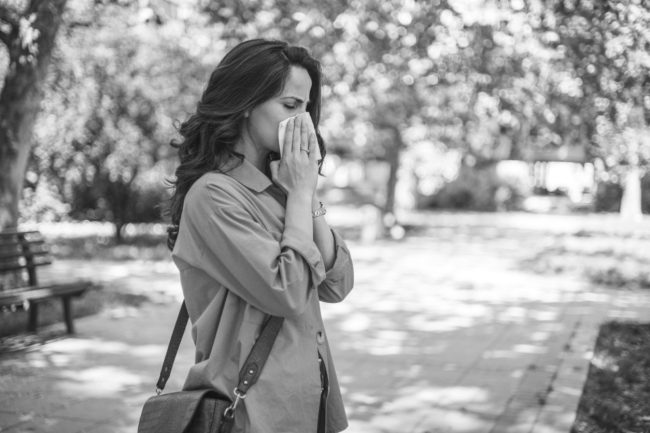Archives
Stay up-to-date and on top of your health with our e-Newsletter and receive updates on current treatments and vital health issues.
Managing Hay Fever: What You Should Know (especially here in Melbourne)

If you’re dealing with sneezing, itchy eyes or a blocked nose this time of year, you’re not alone. Hay fever—also known as allergic rhinitis—is one of the most common reasons people come into the practice this season. In Melbourne, our mix of climate, vegetation and wind patterns tends to make the hay‑fever season both early and intense, so it’s worth being proactive.
So what exactly is hay fever? Simply put, it’s when your immune system treats something harmless—like pollen in the air—as if it’s a threat. That triggers inflammation in your nasal passages and eyes, which shows up as sneezing, a runny or blocked nose, itchy, watery or red eyes, sometimes an itchy throat or ears, and for many people a sense of fatigue or disrupted sleep.
Here in Victoria, grass pollen (especially rye‑grass) tends to be the main culprit, with tree pollens and weed pollens contributing too. The hay‑fever “season” in Melbourne generally kicks off around October and runs through late spring and early summer, with peak pollen levels often occurring in November. Because Melbourne’s weather is changeable—wind, warmth, rain, storms—it can increase the spread of pollen and make those days especially difficult.
Here’s how we can work together to make hay fever more manageable:
First, minimising your exposure to allergens helps a lot. On days when the pollen count is high—especially when it’s windy or right before a storm—keeping windows and doors closed, using air‑conditioning on recirculate if you have it, and avoiding mowing the lawn or walking through freshly cut grass will reduce the amount of pollen you breathe in. Showering and changing clothes after being outdoors, and drying clothes inside rather than hanging them outside when pollen is high, are simple but effective steps.
Second, medications are usually safe, effective and well‑worth considering early rather than waiting until you’re really uncomfortable. Over‑the‑counter antihistamines can reduce itching, sneezing and runny nose.
Third, because hay fever and asthma often go together, if you have asthma (even mild) or you feel short of breath, wheezy or tight in the chest when pollen is high, let your doctor know. In Melbourne we have to be alert to the risk of “thunderstorm asthma” – when high pollen days and particular weather events coincide and cause sudden worsening of breathing.
Finally, I encourage you to talk to us early, before things get too bad. If your usual medications aren’t working, if you’re missing sleep, or certain outdoor times of day always seem to trigger you, then make an appointment asap. We might do an allergy review, adjust your medications, or in some cases refer to an allergy specialist for tests or longer‑term treatments.
Living with hay fever is much better when you have a plan—not just reacting when symptoms are full‑on. With good timing, smart habits, and the right support, you can still enjoy being outdoors, walking through our parks, catching up with friends—even as pollen levels rise.